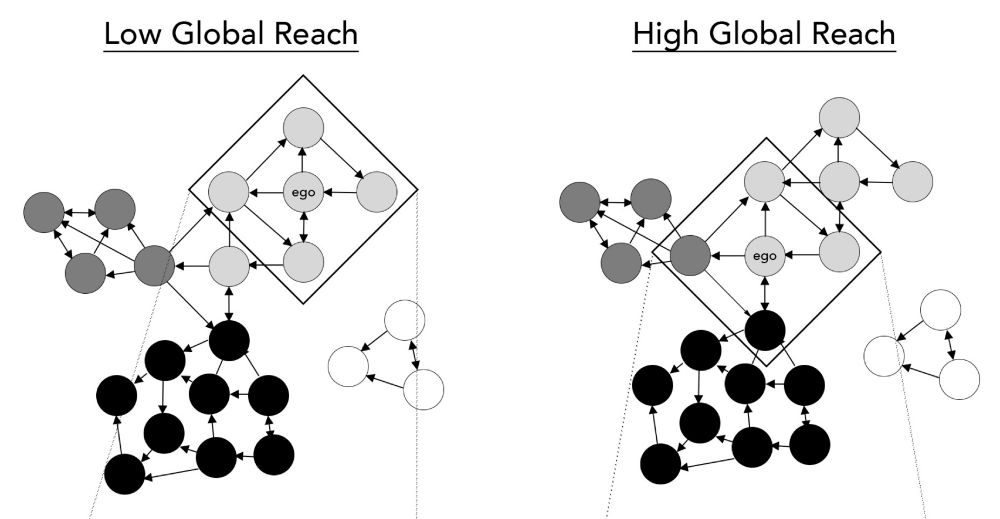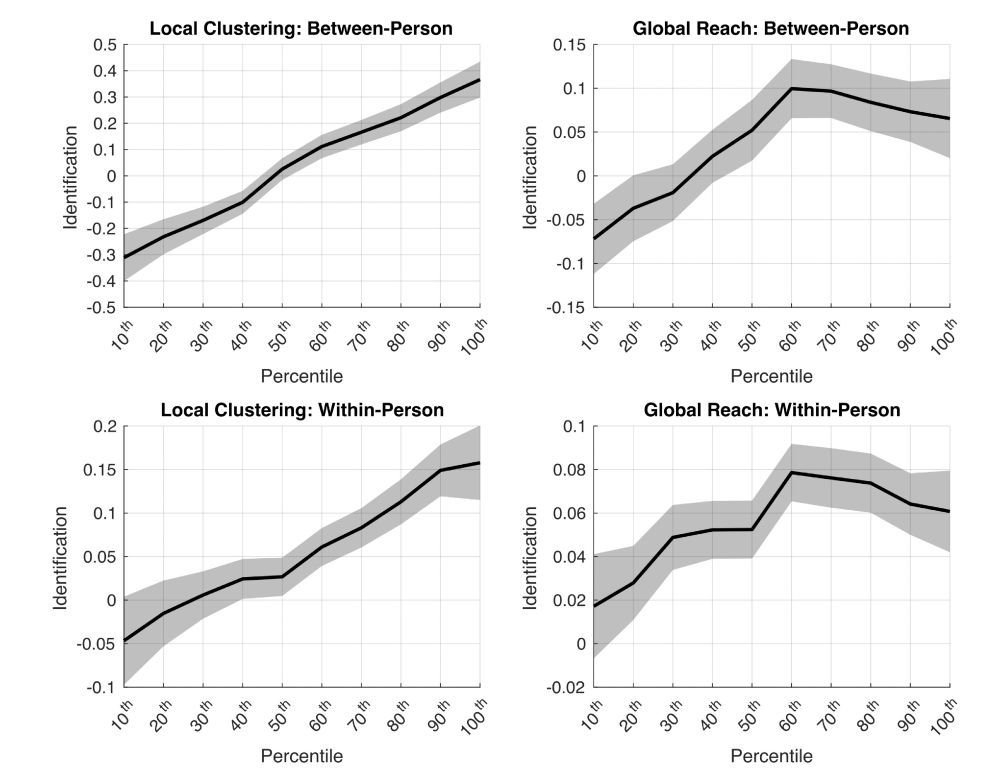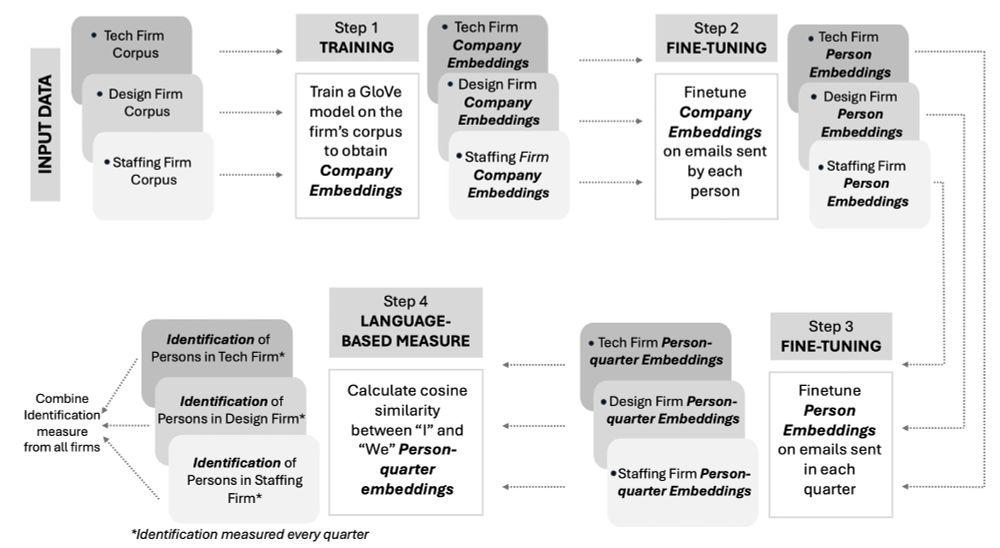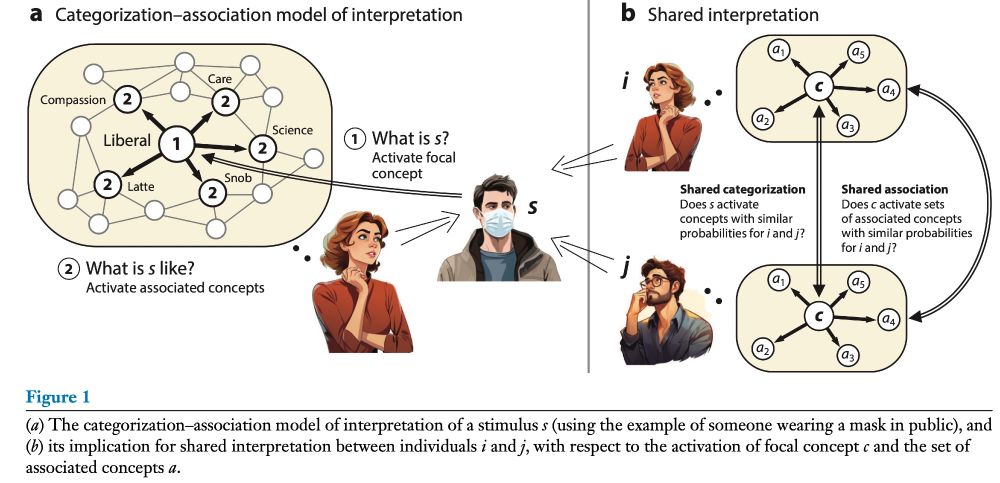
Thank you for reading.
Thank you for reading.

Such an approach is very useful for understanding interpretative heterogeneity across people or time!
www.annualreviews.org/content/jour...
Such an approach is very useful for understanding interpretative heterogeneity across people or time!
www.annualreviews.org/content/jour...
Both predict identification, even within person over time.


Both predict identification, even within person over time.
github.com/roamanalytic...

github.com/roamanalytic...




